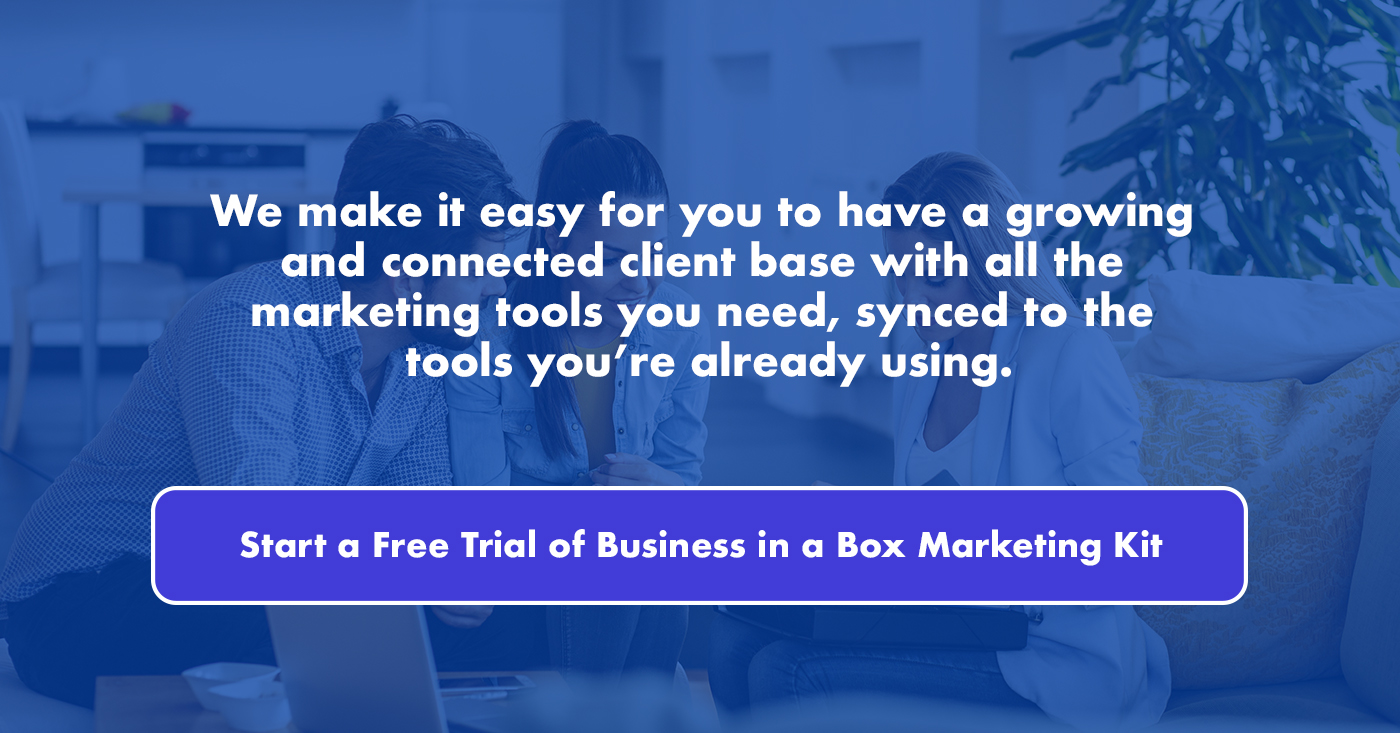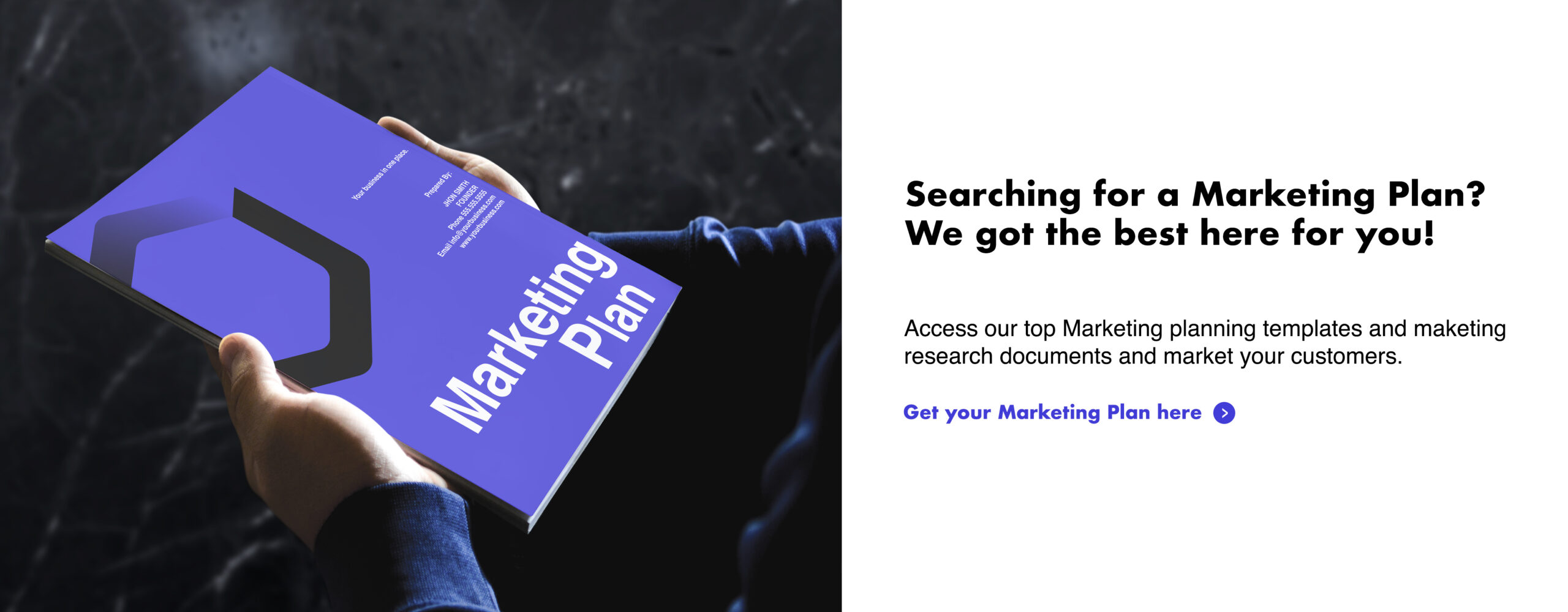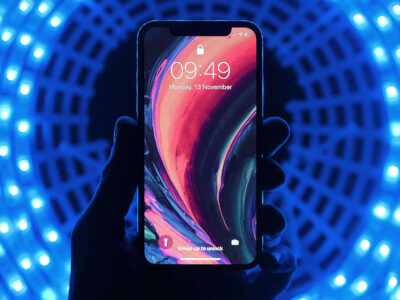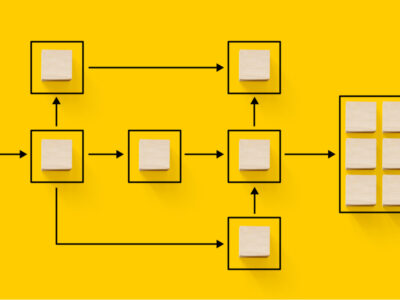
Growth hacking all too often means quick wins that just as quickly fizzle out. Sure, it’s great to host a giveaway to gather leads, but giveaways can only last so long. And yeah, a PR stunt might amass hundreds of thousands of visits to your site, but most of those visitors will lose interest as soon as the next wild news breaks.
Below, I’ll share some product marketing growth hacks that have the power to last.
I’ll also include case studies so you can analyze what worked for others and then reverse engineer them for your own business.
What Is Product Marketing?
Product marketing is a term that gets used pretty loosely and means different things across organizations. One popular definition, as explained by Dave Gerhardt of Drift, is that product marketing sits at the intersection of product, marketing, and sales.
Another solid definition comes from Hiten Shah, who said, “Product marketing is the art and science of conveying to people what your product can do for them with the goal of engaging, converting, and retaining.”
4 Lasting Product Marketing Growth Hacks to Try Right Now
1. Create a Sales Funnel
The fastest way to scale is to automate what you’re currently doing manually. More specifically, a sales funnel is an automation that will allow you to make sales while your sleep, or at least save time for your sales team because they’ll only need to step in toward the end once the lead has been warmed up.
The Basic Stages of a Sales Funnel
- Stage 1 – Awareness: Create content that attracts your ideal customers who are just becoming aware of the problem they have and the problem your product helps them solve. With this content, entice them to join your email list through an irresistible lead magnet. Optional: You can also create a tripwire, which is a low-cost purchase that warms them up for a bigger purchase (your core offer) later.
- Stage 2 – Consideration: At this point, the prospect is considering the different options they have for solving their problem. This is the stage of the sales funnel where you continue to nurture the relationship with your subscribers by sending them automated emails that educate them further on their problems and how you can help.
- Stage 3 – Decision: Now, thanks to your sales funnel, your prospect should be ready to buy! Close the deal with a sales pitch in a final email, landing page, webinar, or sales call. You can also offer a product demo, free trial, or discount.
Case Study: Foundr Attracted 30,000 Opt-Ins From a Simple Instagram Sales Funnel
Here’s an example from right here at Foundr. We set up an Instagram sales funnel that attracted subscribers interested in skyrocketing their Instagram followings. Eventually, that list would be invited to join our flagship course (core offer), Instagram Domination.
- Captivating content. For the first step in our sales funnel, we designed eye-catching graphics to post on our Instagram account to capture the attention of entrepreneurs we knew would love to learn more about Instagram marketing.
- Call to action. In the caption of those posts, we included a strong call to action to download our free ebook on how to get your first 10,000 Instagram followers.
- Lead magnet. When a follower clicked that link in our bio, they were led to a landing page designed to get them to take the action we wanted: downloading our ebook. By doing so, they were added to our list, where we could continue sending them quality content on using Instagram to grow a business.
Case Study: Black Dog Traders Uses a Sales Funnel for its High-Dollar Product
To prove a sales funnel works even for high-priced physical products, let’s take a look at Black Dog Traders, which sells custom-built vintage Land Cruisers.
Because of the premium price tag, many visitors to the site just aren’t ready to commit to that kind of investment on the first or second touchpoint. But instead of losing the potential sale then and there, Black Dog Traders has a sales funnel that allows them to get the visitor on their list and warm them up.
Step 1: Lead magnet. When a visitor is on a Black Dog Traders product page and then tries to close the tab, an exit-intent popup entices them with the promise of photos and specs of the vehicle they were eyeing.
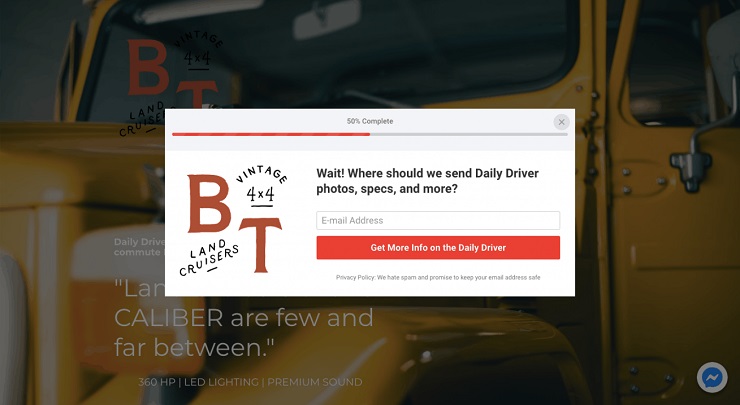
Step 2: Welcome email. Once a lead joins the list, Black Dog Traders sends an email with the technical specs, as promised, but also throws in a discount code for their much lower-priced merchandise (tripwire offer). They then remind the subscriber of their core offering, custom-built Land Cruisers, and encourage them to reserve a build or schedule a visit.
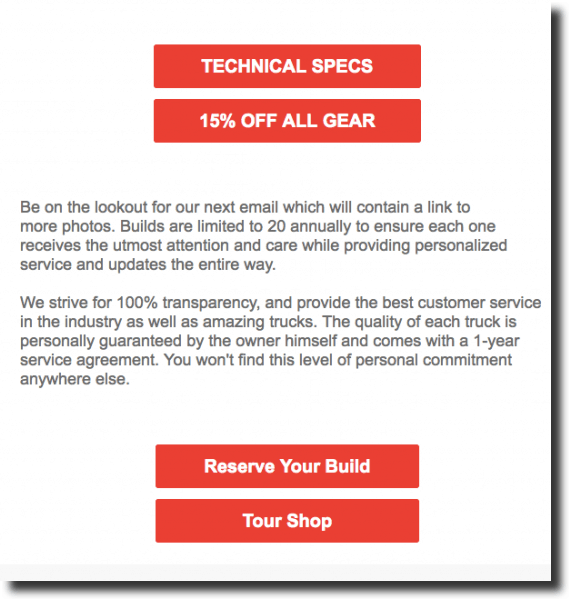
Steps 3 and beyond. They continue to send informative emails, featuring shop news and photos of their builds. In many emails, they remind subscribers that they can contact the company to schedule a call or tour the shop.
Thanks to having this sales funnel in place, Black Dog Traders doesn’t have to risk losing a sale because a visitor bounced and then never came back. They also save time because they’re not having to constantly follow up with the prospect manually; the process is automated with emails until the prospect is ready to schedule a call or a tour.
Quick Action Plan to Create Your First Sales Funnel
- Identify your core offer. What’s your bestseller or main product you want the prospect to buy?
- Create a compelling lead magnet. Now that you know the core offer, work backward and scale it down. For example, to attract leads to Foundr’s Instagram course, our lead magnet was an ebook on getting your first 10,000 Instagram followers.
- Create content that attracts ideal customers to the lead magnet. Once you have a lead magnet in place, you need to get eyeballs on it. Again, work backward. If your lead magnet is a free video series on sustainable gardening, maybe your content consists of blog post tutorials on how to start a hydroponic garden or the best types of plants for new gardeners. Then, embed calls to action to get the visitors to sign up for the lead magnet.
- Continue to deliver value on autopilot. Set up at least three or four emails that seek to educate around the same topic of your lead magnet and core offer.
- Don’t forget the sales pitch! This is a sales funnel after all. After the first few emails, make a sales pitch that shows them how your core offer will solve the exact problem you’ve been educating them on in your content, lead magnet, and previous emails.
2. Conversion Rate Optimization/Landing Page Optimization
Again, sometimes it’s best to improve existing content rather than create something new. Conversion rate optimization (CRO) is all about taking what you already have and making it even better. Specifically, you want to increase your conversion rate, which is the number of conversions (sales, signups, etc.) divided by traffic (the number of people who visited the sales page or signup page) and multiplied by 100.
Conversion Rate = Conversions/Traffic X 100
First, audit your current marketing materials and find out what the conversion rates are across the board. You can enter these figures into a simple spreadsheet. This helps you set a baseline.
From there, make tweaks to keep upping those stats—one at a time. Conversion rate optimization is especially useful if you’re not great at driving traffic. You don’t need to worry about volume, just the rate of conversions using the traffic you already have.
Case Study: Express Watches Clocked a 107% Increase in Sales by Changing 4 Words
Sometimes what you think your customers want isn’t what they want at all, and this case study shows how conversion rate optimization can solve that. Express Watches, a luxury watch online retailer, A/B tested two messages that would appear on the product page near the “Add to Basket” button:
- “Never Beaten on Price” (highlights a bargain)
- “Seiko Authorized Seller Site” (highlights authenticity)
What they found was that the second message resulted in a 107% increase in conversion rate during the 30-day test. A simple four-word message more than doubled their sales!
Case Study: Airstream Drove a 13.3% Increase in Leads Thanks to CRO
Airstream hired Element Three to run some CRO testing to improve lead generation and increase conversions without doing a total website redesign. Using multivariate testing and CRO software, the team was able to:
- Increase leads generated by 13.3% by changing CTAs to download brochures
- Increase traffic to Airstream’s Build Your Own Touring Coach Tool by 24,000%
- An estimated 375% increase in newsletter signups by testing variations of the opt-in form
Quick Action Plan to Get Started With Conversion Rate Optimization
- Step 1: Identify your biggest driver of sales. Do you have a landing page that sends the most leads to your sales funnel? Or maybe there’s a sales email that converts really well?
- Step 2: Find the baseline. Review the conversion rate data for that element. This is just so you can have a baseline to refer to and see if you’re improving.
- Step 3: Pick one variable and run an A/B test. To keep things simple, choose one variable to test. This could be the call to action, the timing of an email, the color of a CTA button, an image on the sales page, and on and on.
- Step 4: Use the results to improve, then re-test! Once you’ve run a few A/B tests, review the data and find your winner. Tweak the element based on what you’ve learned. Now you’re ready to further optimize by running a new A/B test on a new variable!
The Best Software for CRO
- Optimizely – allows you to test headlines, in-code pricing algorithms, colors, images, and more.
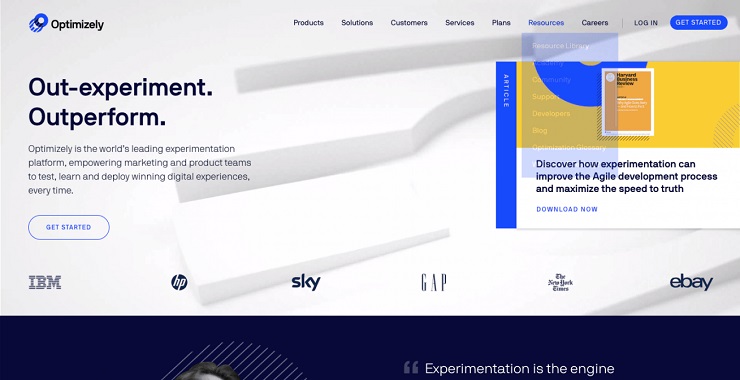
- MailChimp – This email marketing service has simple A/B testing and even a free plan for businesses with up to 2,000 subscribers.
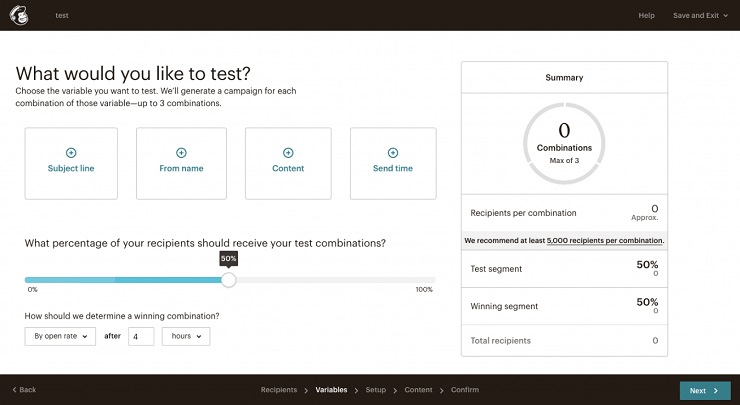
- Unbounce – This landing page builder is great if you’re focused specifically on landing page optimization.
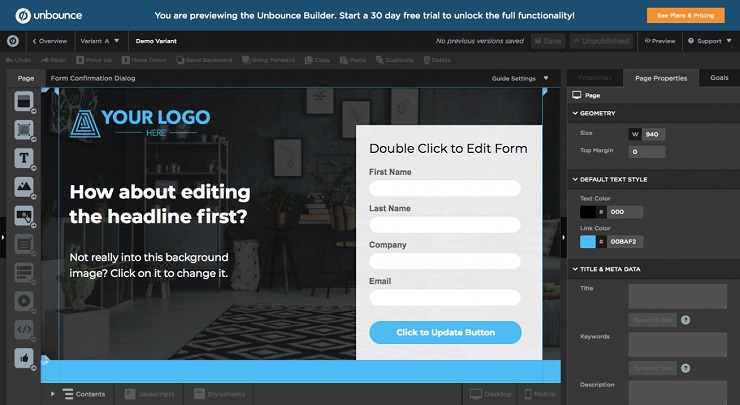
3. Customer Service as Marketing
As a general rule, I loathe grocery shopping, so much so that I typically use an app that hires people to do it for me.
But if I ever have the chance to go to a Trader Joe’s, I am there in a heartbeat!
Why the big difference? Well, besides their ridiculously low prices (two-dollar wine, anyone?) and their one-of-a-kind snacks (have you tried the Truffle Marcona Almonds?), Trader Joe’s beats the competition in customer service. Seriously, it routinely tops the lists in grocery store customer satisfaction.
Okay, that’s nice. But how does that affect a business’s bottom line? Well, a 2011 Customer Experience Impact Report found that 86% of consumers are willing to pay more for a better customer experience, and 89% of U.S. adults went to a competitor after a poor customer experience. According to Bain & Company, increasing customer retention by 5% can mean anywhere from 25% to 95% more in profits.
If you already have customers, instead of focusing on constantly acquiring new ones, do your best to retain the current ones. Think long-term and look at the lifetime value of a customer. One way to increase retention is through customer service.
Track Your Net Promoter Score (NPS)
Before you begin using customer service as a marketing strategy, you’ll want to get a baseline against which you can compare results and track improvement. The Net Promoter Score (NPS) is the gold standard in measuring brand loyalty and gauging customer experience. Sounds fancy, but calculating it is simple. It’s just one question: “How likely is it that you would recommend to a friend or colleague?” and is ranked on a scale of 1 to 10.
Here’s an NPS email I got from Greetabl after purchasing some gifts from them:
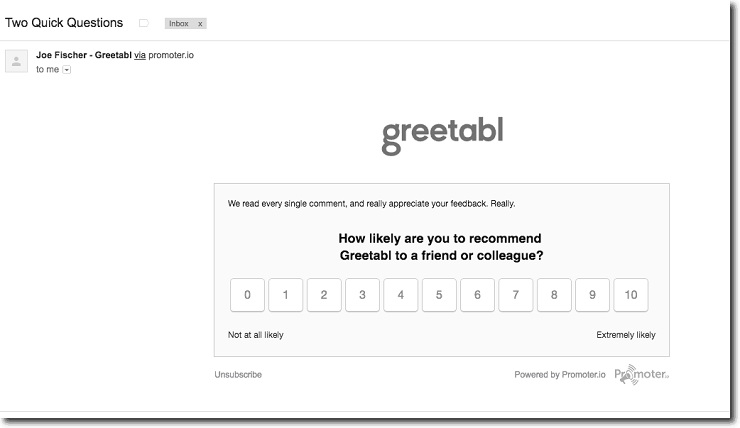
Some software you can use for your own Net Promoter Score survey:
- Promoter.io – This is what Greetabl used in the above email.
- Zendesk – This is customer service software that allows you to send NPS surveys.
- SurveyMonkey. You can send all sorts of detailed surveys with this software, including an NPS option.
Provide Moments of Delight to Your Customers
Trader Joe’s knows how to delight its customers. Another company that does this well is Buffer, a social media scheduler.
At its start, Buffer had a Community Champion whose job involved things such as sending handwritten notes and branded stickers to customers. Sure, doing so might cost a couple of bucks per customer. But Buffer knows the lifetime value of each customer is so much more important (the company’s CEO even publicly shares this stat and much more). As of November 2018, Buffer’s customer lifetime value was $437.27.
Warby Parker’s customer service is so good it creates its own referral effect.
Alexander Taub writes in Forbes about how a friend loved his Warby Parker glasses so much that she bought a pair for herself and her husband. When she received them in the mail and they were too tight, she was so impressed by how Warby Parker covered the bill for adjustments that she told everyone about it.
The value of these moments of delight might be hard to measure, but I’d recommend starting with calculating your customer lifetime value and then pre-authorizing your customer support reps to spend a set amount beneath that in order to delight customers or rectify mistakes.
This is what The Ritz-Carlton does:
“At The Ritz-Carlton, everyone has $2,000/day per guest to make it right or delight.”
While your budget may not be anywhere near a luxury hotel’s, you can set aside a little bit to delight your own customers.
READ MORE: How to Build a Profitable Marketing Strategy
Create a Customer Feedback Loop
Beyond giving their customers some love, Buffer listens to what they have to say. To gather customer feedback that drives product development, Buffer uses UserVoice. This software makes it easy to capture feedback like feature requests and use it in a meaningful way later.
“An hour of customer development or research or user testing can save us 10 hours of engineering time,” Buffer product designer Tom Dunn told UserVoice.
So instead of wasting time guessing what your customers want, validate it through the customer feedback you gather from social media comments, support emails, and product reviews.
Quick Action Plan to Use Customer Service as Marketing
- Find out your NPS. While it’s not the only thing that matters, the NPS is a widely accepted score for measuring customer experience and brand loyalty. It’ll give you a good idea of where you are.
- Integrate your customer service and marketing teams. I’m not saying they have to be all on one team, but they do need to communicate. Product marketers will want to hear the common feature requests and complaints the customer service team gets. On the other hand, the customer service team might want a heads up on current promotions or upcoming sales so they can let customers know during support chats, as appropriate.
- Create small ways to delight your customers. Set a customer delight budget that your support reps can feel free to spend (as needed) on each customer. Brainstorm small ways to show your appreciation for customers.
- Send a special offer to existing customers. If past behavior predicts future behavior, it’s easier to convert an existing customer than it is to find a new one. Think about sending a special coupon code to existing customers or emailing them product offers based on what they’ve purchased before.
4. Affiliate or Referral Programs
Need help incentivizing customers to spread the word about your product? An affiliate or referral program may be just what you need. If you lack a big marketing budget, this can be a cost-effective way to spark word-of-mouth referrals, because you don’t have to pay the affiliate or referrer unless they make a sale.
What’s the difference between an affiliate program and a referral program? Typically, an affiliate program rewards the affiliate with a cash commission on each sale they make through a customized link, while a referral program rewards the referrer with credits or other non-cash gifts. And usually, affiliate programs are geared toward bloggers or business owners who recommend your product to their readers, customers, or the general public, while referral programs are geared toward existing customers who are encouraged to recommend your product to friends and family.
Case Study: Online Mattress Retailer Leesa Gets a Third of its Sales from Customer Referral Program
In the competitive online mattress industry, customer acquisition is tough. That’s why Leesa chose to start a customer referral program. After purchase, each of their customers gets invited to their referral program, allowing customers to give a discount to their friends and earn cash for each referral.
Because Leesa’s referral program is automated with ReferralCandy, they don’t have to waste time manually sending coupons, tracking analytics, or sending payouts. More than 3,000 customers have joined, and one-third of the mattress company’s sales come from referrals.
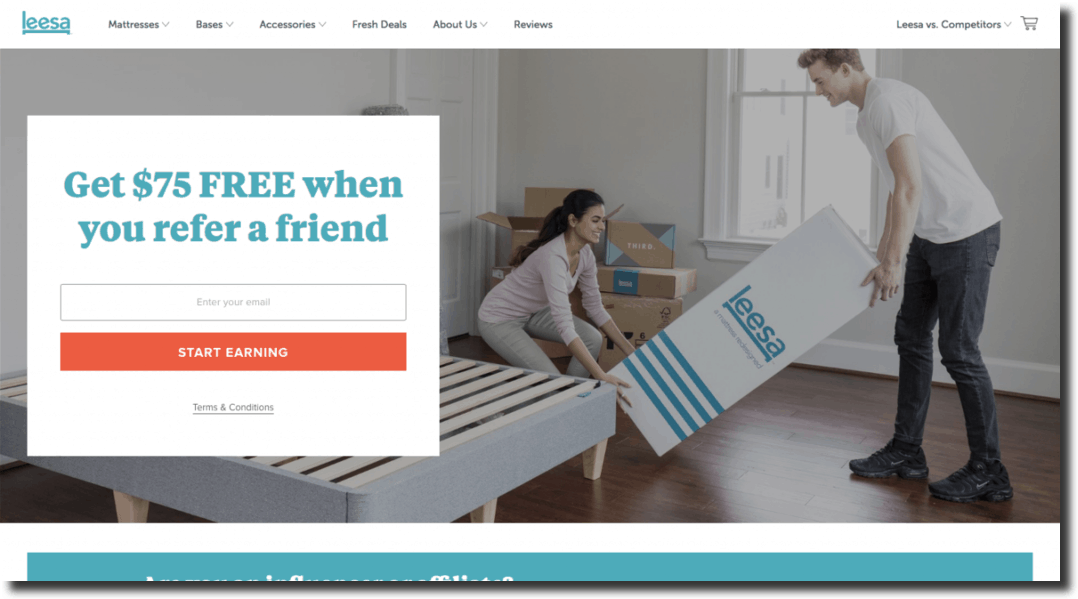
Case Study: Shaving Brand Harry’s Gathered 100,000 Leads Pre-Launch Via a Referral Campaign
You don’t have to be an established brand to have a successful referral campaign. Let’s take a look at how Harry’s managed to get 100,000 emails on their list before they even launched.
First, they set up a simple landing page that read “Invite Friends & Earn Product.” Visitors were given a unique referral URL and were encouraged to email it or tweet it.
Second, Harry’s created a reward system to further incentivize shares and gamify the process. The rewards included:
- Five referrals = free shaving cream
- 10 referrals = a free razor
- 25 referrals = a shave set
Third, they made sharing easy with social share buttons, pre-populated messages, and referral links for each user.
The results? In just one week, they scored 100,000 emails!
Quick Action Plan to Start Your Referral Program
- Choose software that can automate your referral program and make it easier to track sales.
- Create enticing rewards. Remember, this doesn’t have to be cash. This can be a free product or credits to spend at your business.
- Invite your customers and/or influencers. If you have an existing customer base, invite them all to join the referral program. Using software like ReferralCandy, you can even invite customers to join your referral program at checkout.
- Keep track of referrals and maintain relationships with referrers/affiliates. Be sure to track the sales in your software to ensure your referral program is working for you. And don’t be afraid to give your referrers or affiliates some direction! For example, you can email them to remind them of upcoming sales to promote.
Go Forth and Hack That Growth!
You already have what it takes to implement your own product marketing growth hacks. That’s why I specifically chose growth hacks that focus on working with what you’ve got:
- Have a sales process? Automate it with a sales funnel.
- Have existing opt-in forms or sales pages? Boost conversion rates with CRO.
- Have great customer service? Use it to your marketing advantage.
- Have some customers? Get them to spread the word for you with referral programs.
I challenge you to pick one growth hack from that list and run with it for the next 30 days. You’ll be surprised how much of a difference you can make with the singularity of focus.
SOURCE: Foundr.com



